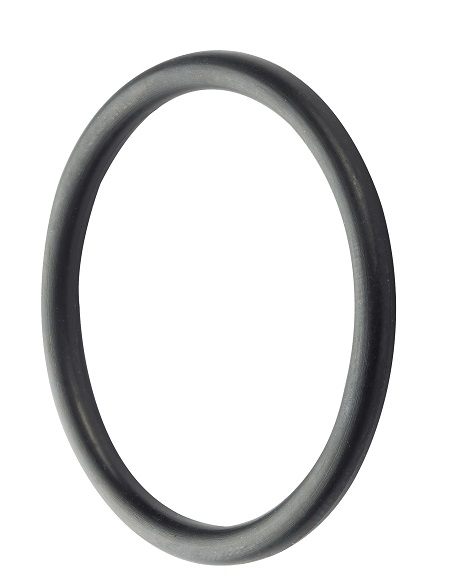Gallagher Fluid Seals is a Parker Distributor is proud to be proud to be one of the few premier distributors to qualify as a “Parker Seal Technology Center (STC)”.
Article re-posted with permission from Parker Hannifin Sealing & Shielding Team. Original content can be found on Parker’s Blog.
An O-ring seal is a circular cross-section ring molded from rubber, used to prevent the loss of a fluid or gas in a gland. It is the most basic, and at the same time to the most widely used type of seal available since its invention in 1936 by Niels Christensen.
One of the key factors to getting the right O-ring for your application is getting the right hardness. The hardness of rubber O-rings are measure by the Shore A durometer; the higher the durometer, the harder the compound. In general, 70-durometer hardness should be used whenever possible, as it offers the best combination of properties for most o-ring applications.
Why is Shore A Hardness Important?
O-rings are the simplest, most readily available type of seal used across every industry and market. They are arguably the best seal for many applications, but perhaps daunting to an engineer with no experience in seal design. The O-Ring Basics chapter of Parker's eHandbook provides an overview of what an O-ring is, how it works, and finally, the benefits over other seals.
One very important consideration is the hardness of a rubber material. A customer may need to seal a high pressure fluid, which would call for a harder material. On the other hand, he might want to minimize insertion force, or the O-ring may be sealing some delicate hardware, such as thin plastic or a sapphire plate. This may call for a softer material. For testing the hardness of the material, it's recommended that you use Shore A hardness. It is an industry standard test for rubber, and it is an acceptance criteria for every batch of O-ring material mixed by Parker.
What is Shore A hardness and how is it tested?
Shore A hardness testing is performed using a durometer, which was developed by Albert Ferdinand Shore in the 1920’s. The Shore A hardness measurement is often colloquially called “durometer” or “duro”. This test is performed on cured rubber sheets per ASTM D2240, and on finished O-rings per ASTM D1414.
The device consists of a hardened steel rod with a truncated cone at the tip. The steel rod is spring-loaded and actuates a dial with a scale of 0 to 100. The test specimen is placed directly underneath the truncated cone, and the device is pressed down onto the part until the flat metal plate on the bottom is flush with the rubber specimen.
The more the cone deforms the rubber material, the lower the hardness measurement. The less the cone deforms the rubber material, the higher the hardness measurement.

